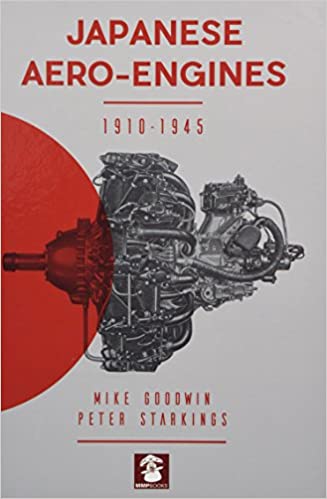During the war, Klimov's engines were redesignated from "M" (for "motor," engine) to "VK" for the lead designer's initials.
Manufacturer: Klimov
First Run: 1938
Number built: ~129,000
General Characteristics: VK-105
- Type: Twelve-cylinder liquid-cooled 60° V12 engine
- Bore: 148mm (5.826 in)
- Stroke: 170mm (6.693 in)
- Displacement: 35.101 Liters (2,142.2 cu in)
- Length: 2,027 mm (79.8 in)
- Width: 777 mm (30.59 in)
- Height: 945 mm (37.20 in)
- Dry weight: 575 kg (1,266 lb)
Components:
- Valvetrain: Two intake valves and one sodium-filled exhaust valve per cylinder actuated via a single overhead camshaft per bank. Valve lift: 13 mm (intake and exhaust)
- Supercharger: Gear-driven two-speed centrifugal type compressor. Gear ratios: 7.78:1 (1st speed) 11.0:1 (2nd speed). Maximum boost for take-off: 965 mm Hg (38.00 MP), subsequent variants had 1,100 or 1,200 mm Hg. Maximum boost at altitude: 920 mm Hg (36.22 MP), subsequent variants had 1,100 mm Hg. Emergency boost (maximum 2 minutes): 1,100 mm Hg (43.30 MP) at 2,800 RPM. Critical altitude: 2,000 m (6,561 ft) at 1st speed, 4,000 m (13,123 ft) at 2nd speed.
- Fuel system: Six K-105 Carburettors (License copy of Solex-Hispano 56SVC self-adjusted carburettor)
- Fuel type: 94 (minimum grade), 95 or 100 octane rating gasoline.
- Cooling system: Liquid-cooled
- Reduction gear: 1: 0.666 (1: 0.591 for M-105R)
Performance:
- Power output:
- 1,100 hp (820 kW) at 2,700 RPM for take-off, boost rated at 1.27 Atm (38.00 MP)
- 1,050 hp (782 kW) at 2,700 RPM at 13,123 ft (4,000 m), boost rated at 1.21 Atm (36.22 MP)
- 500 hp (372 kW) at 2,700 RPM at 31,168 ft (9,500 m)
- Specific power: 23.36 kW/L (0.513 hp/in³)
- Compression ratio: 7.0:1
- Specific fuel consumption: 328 g/(kW•h) (0.54 lb/(hp•h))
- Oil consumption: 11 g/(kW•h) (0.28 oz/(hp•h))
- Power-to-weight ratio: 1.42 kW/kg (0.86 hp/lb)
Variants:
M-105 - (1,100 horsepower (820 kW)) First version produced at the end of 1939. Installed on some pre-war fighters.
M-105P - (1,050 horsepower (780 kW)) First mass production engine (1940). Able to accept an autocannon in the "vee" between cylinder banks. Installed on the majority Soviet pre-war fighters - Yak-1, LaGG-1 and several experimental aircraft.
M-105PA - (1,200 horsepower (890 kW)) Improved 1941 version.
M-105PF (VK-105PF) - (1,260 horsepower (940 kW)) 1942 Modification with significantly increased power output at the expense of decreased high-altitude performance. In spite of Klimov's concerns about decreased service life, the engine was pressed into production at the insistence of Yakovlev, and further exploitation of "PF" version showed this was the right decision. The "PF" was installed on the most numerous versions of "Yak" fighters - Yak-1B, Yak-7B, Yak-9.
VK-105PF2 & PF3 - (1,300 to 1,360 horsepower (970 to 1,015 kW)) Further increase in power output, which was believed to have exhausted the potential of the M-105 design for greater performance. The "PF2" was installed in the Yak-3.
M-105PD - (1,170 horsepower (870 kW)) Engine with 2-stage E-100 turbocharger, experimental high-altitude version, unsuccessful.
M-105R - (1,100 horsepower (820 kW)) Decreased propeller reduction gear ratio for bomber aircraft. Installed on Pe-2, BB-22 (Yak-4) and others.
M-105RA - (1,110 horsepower (830 kW)) M-105PA with decreased propeller reduction gear ratio for bomber aircraft.
Applications:
|
|
Sources:
Gunston, Bill. World Encyclopedia of Aero Engines. Cambridge, England. Patrick Stephens Limited, 1989.
Wikipedia





